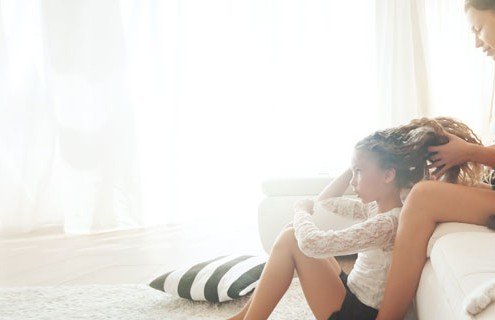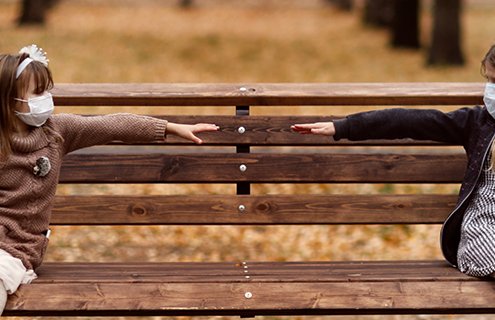
The Real Health Risk of Head Lice
/
0 Comments
Nothing sets off a parent’s anxiety quite like when their children…

It’s Not Lice, but I’m Still Itchy! Part 2!
In a previous post, we identified some scalp conditions that…

It’s Not Lice, but I’m Still Itchy!
Your head has been itchy, you’ve checked yourself for head…

Telling the difference between Head Lice and Dandruff
If you are like most parents, you worry about your kids getting…

10 Myths about Lice – Busted
One of the most harmful things about head lice is the wealth…

Does Mayonnaise Kill Head Lice?
Parents who suddenly discover head lice on their kids’ heads…

Do I Need to Bug Bomb My House to Stop Head Lice?
As head-lice treatment professionals, we at Lice Clinics of America…

Staying Six Feet Apart Helps Prevent Not Just Sickness, But Head Lice Too
The Centers for Disease Control and Prevention currently advise…

The Case for Heated Air over Lice Shampoo
Recently, an article was published as a “What are they up to…

Head Lice and Pop Culture
From the staff at Lice Clinics of America – Columbus
Hollywood…







